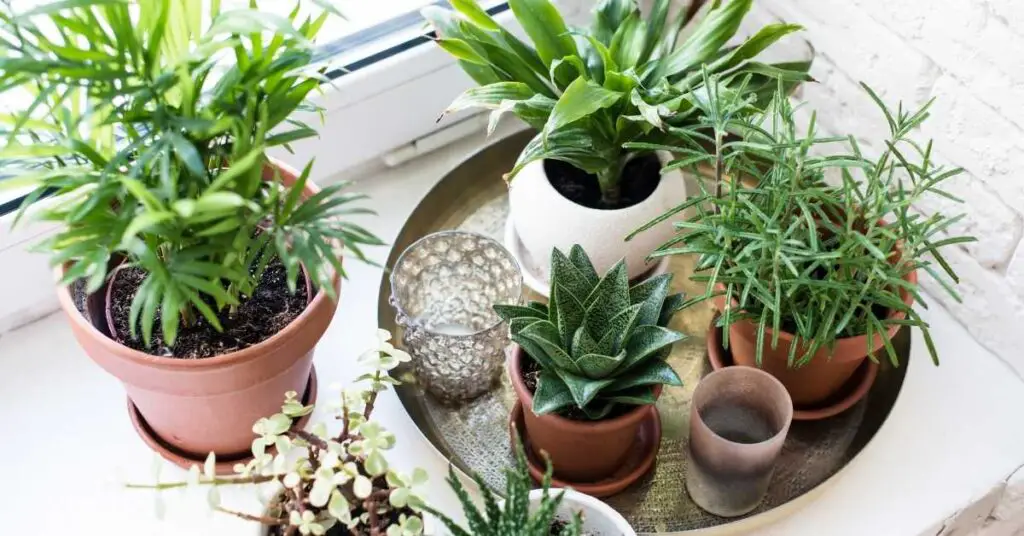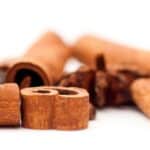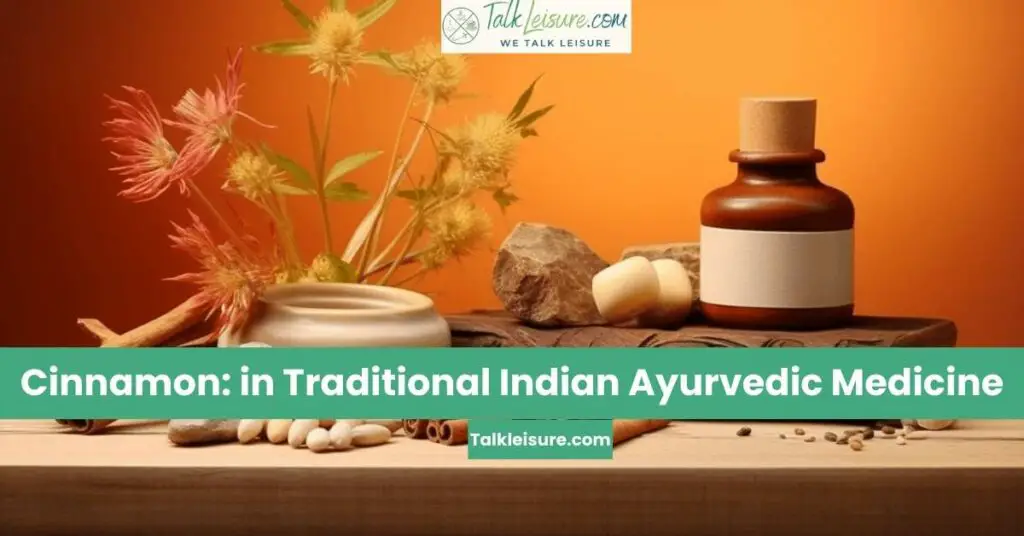Houseplants are a great way to add a bit of greenery to your home, and they can also help to purify the air. However, many houseplants are susceptible to pests, which can damage their leaves and cause them to lose their healthy appearance. One way to help protect your houseplants from pests is to use cinnamon. Cinnamon is a natural insecticide that can be safely used on most houseplants. Simply sprinkle some cinnamon on the soil around the base of the plant, being careful not to get any on the leaves. You can also make a cinnamon spray by mixing one tablespoon of ground cinnamon with two cups of water. This spray can be applied directly to the leaves of your plants, and it will help to keep pests at bay. With just a bit of effort, you can keep your houseplants healthy and looking their best.
What are the benefits of cinnamon for plants?
Cinnamon is not only a delicious spice that can be used in baking and cooking, but it also offers a number of benefits for plants.
Cinnamon can help to get rid of pests, fix a broken stem, discourage fungus, make a rooting hormone, and get rid of mold and mildew. For example, if you have a plant that is infested with pests, you can sprinkle cinnamon on the leaves to help deter the pests. If you have a plant with a broken stem, you can apply cinnamon to the break to encourage healing. And if you’re trying to root a cutting, you can dip the end of the cutting in cinnamon before planting it. In addition, cinnamon can also help to discourage fungus growth on your plants.
So whether you’re trying to protect your plants from pests or disease, or you’re looking for a way to encourage growth, cinnamon may be worth a try.
Do you have any tips for using cinnamon on houseplants?
Sure! Here are a few tips for using cinnamon on houseplants:
-Sprinkle ground cinnamon on the soil around the plant.
-Add a few drops of essential oil to water and mist the plant with this mixture.
-Try mixing cinnamon with other spices like cloves or peppermint to create your own unique plant spray.
-Make sure to use organic cinnamon, as this will be the safest for your plants.
What are some of the risks of using cinnamon on plants?
If used in large quantities, cinnamon can be harmful to plants. It is best to use cinnamon sparingly, and to always test it on a small area of the plant before applying it more broadly.
In addition, some people may be allergic to cinnamon, so it is important to exercise caution when handling it. Overall, however, cinnamon is a safe and effective way to protect your houseplants from pests and disease.
How to use cinnamon on houseplants
Houseplants are a great way to add a bit of greenery to your home, and they can also help to purify the air. However, many houseplants are susceptible to pests, which can damage their leaves and cause them to lose their healthy appearance. One way to help protect your houseplants from pests is to use cinnamon. Cinnamon is a natural insecticide that can be safely used on most houseplants.
Simply sprinkle some cinnamon on the soil around the base of the plant, being careful not to get any on the leaves.
You can also make a cinnamon spray by mixing one tablespoon of ground cinnamon with two cups of water. This spray can be applied directly to the leaves of your plants, and it will help to keep pests at bay. With just a bit of effort, you can keep your houseplants healthy and looking their best.
What kind of plants work best with cinnamon treatments?
While cinnamon is most commonly associated with cooking, this spice can also be used as a treatment for certain plants.
Cinnamon helps to protect plants from fungal infections, and it can also be used as an insect repellent. As a result, plants that are prone to these problems can benefit from a cinnamon treatment.
Some of the best plants to treat with cinnamon include roses, tomatoes, and cucumbers. Cinnamon can also be used on fruit trees, such as apples and oranges. When using cinnamon as a treatment, it is important to use only organic cinnamon, as this type of cinnamon does not contain toxic chemicals.
How often should I use cinnamon on my plants?
When used as a preventative measure, cinnamon can be applied once every two weeks. For plants that are already infested with pests, the frequency of treatments can be increased to once a week until the pests are gone. Cinnamon is a natural and safe way to control pests on plants, making it an ideal choice for organic gardens.
Are there any risks associated with using cinnamon on plants?
Although cinnamon is typically thought of as a harmless spice, it can actually be harmful to plants if used in large quantities. Cinnamon contains high levels of cinnamaldehyde, which can damage plant cells and prevent them from growing properly. As a result, it is best to use cinnamon sparingly, and to always test it on a small area of the plant before applying it more broadly.
In addition, some people may be allergic to cinnamon, so it is important to exercise caution when handling it. If you notice any irritation after coming into contact with cinnamon, wash the affected area with soap and water as soon as possible.
Despite these risks, cinnamon can be a helpful tool for gardeners in small doses. For example, cinnamon can help to discourage pests and fungal growth. Used judiciously, cinnamon can be a safe and effective way to care for your plants.
Q&A
Is cinnamon effective against all types of pests?
Cinnamon is most effective against fungal infections and insects. However, it can also help to repel other types of pests, such as rodents and snakes.
Can I use cinnamon if my plant is already infested with pests?
Yes, you can use cinnamon on plants that are already infested with pests. Simply increase the frequency of treatments to once a week until the pests are gone.
What type of cinnamon should I use?
You should use organic cinnamon for all treatments, as this type of cinnamon does not contain toxic chemicals.
How long does a treatment last?
A treatment with cinnamon will last for about two weeks. For plants that are already infested with pests, the frequency of treatments can be increased to once a week until the pests are gone.
Do I need to remove the cinnamon before eating the fruit or vegetables?
No, you do not need to remove the cinnamon before eating the fruit or vegetables. The spice is safe to consume in small quantities.
Conclusion
While cinnamon is most commonly associated with cooking, this spice can also be used to help keep houseplants healthy. Cinnamon has antimicrobial properties that can help to protect plants from fungal infections, and it can also be used to deter pests like aphids and mites. When using cinnamon on houseplants, be sure to use a fine powder and avoid getting the spice on any foliage, as this may damage the leaves. To use cinnamon for pest control, simply sprinkle a thin layer around the base of the plant. For fungal protection, apply cinnamon directly to the affected area. With regular applications, cinnamon can help to keep houseplants healthy and free from disease.












